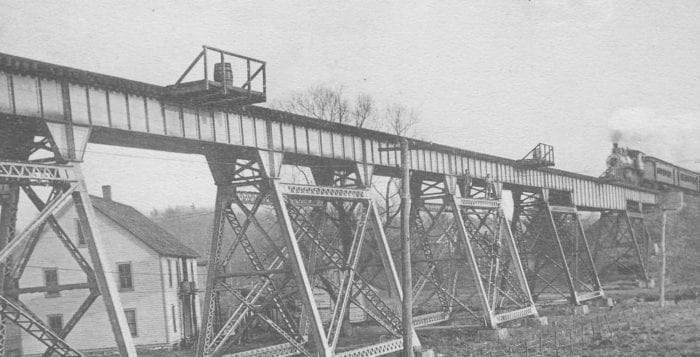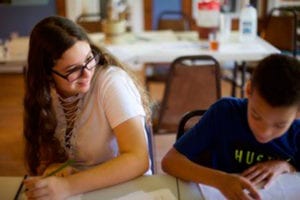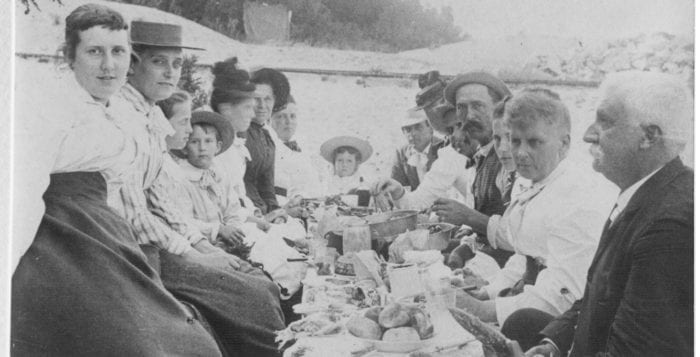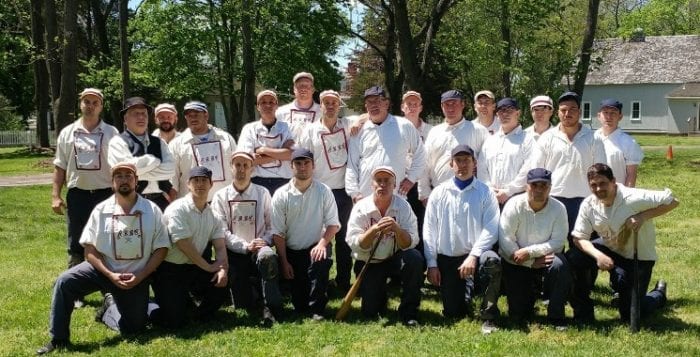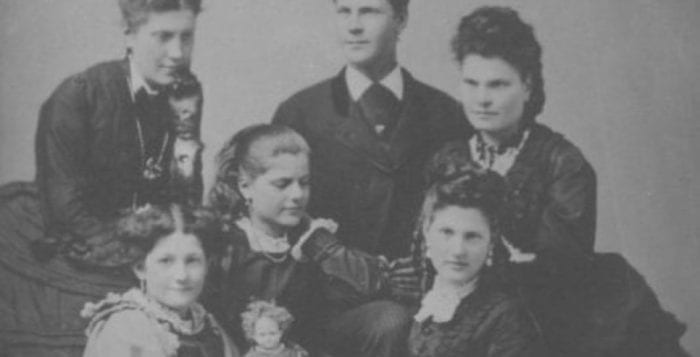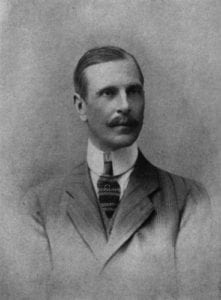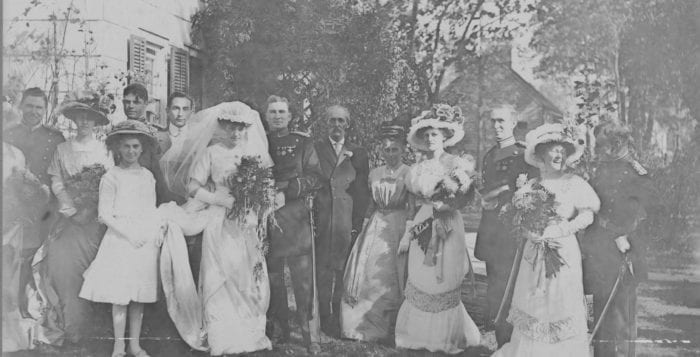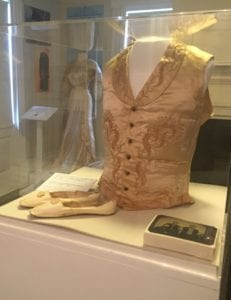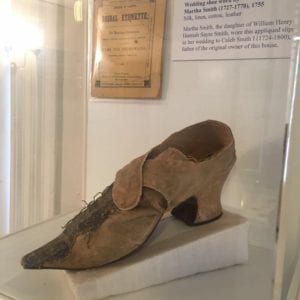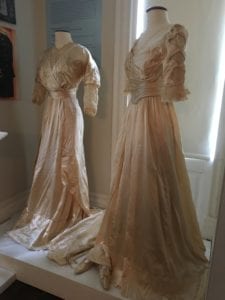By Marianne Howard
It wasn’t until the arrival of the Long Island Rail Road and a few transportation innovations that Smithtown began to flourish as a place to live.
Prior to the LIRR arriving in 1872, Smithtown was solely connected to New York City through the Long Island Sound transport and dirt roadways. With the railroad, travelers from New York City were free to access areas like St. James and Kings Park as day trips, which previously would have never been considered.
As more and more people began coming into town, economic and business development around town boomed. Local farmers could now load wagons full of produce onto flatbed railroad cars headed for New York City. Travelers who initially came east for fresh air eventually concluded that there were residential possibilities in Smithtown and settled into the area. However, the horse and buggy was the most accessible way to travel on the area’s dirt roads.
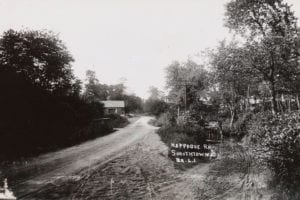
Country sleighing was a favored pastime by early residents, according to “Images of America: Smithtown” written by Bradley Harris, Kiernan Lannon and Joshua Ruff. The book cites Alma Blydenbyrgh’s 1833 diary entry for Jan. 17 , in which she wrote, “Mr. Floyd been to the river and took Em and myself for a sleigh ride. Good sleighing!”
Getting to and from Smithtown remained difficult for years to come. The main obstacle to Smithtown’s connection to the northern spur of the LIRR was the Nissequogue River. To accomplish fully connecting the LIRR, engineers crafted a trestle to span the river valley, the largest iron structure of its kind on Long Island. When completed, it stood over 50 feet high and spanned a distance of 490 feet.
In the 1890s, bicycles first became a popular fad in the area. Bicyclists were urging the town and the county to construct dedicated bicycle paths to improve riders’ safety. Millionare Richard Handley personally funded a bike path from his estate in Hauppauge out to Smithtown. Eventually, Suffolk County constructed a path along Jericho Turnpike.
Bicycling quickly became a nuisance to town officials. In 1911, Smithtown’s town board issued a motion banning bicyclists from riding on town sidewalks. Any rider caught violating the order could be fined up to $5.
Thirty years after the railroad came to town, automobiles began appearing. By the 1920s, the automobile was replacing the horse and buggy. Town officials were eventually forced to pave the roadways, and by the 1930s, the town was primed for a boom in both population and land development.
Marianne Howard is the executive director of the Smithtown Historical Society. For more information on the society, its events or programs or on becoming a member, visit www.smithtownhistorical.org or call 631-265-6768.

